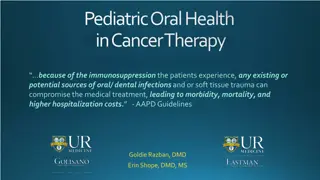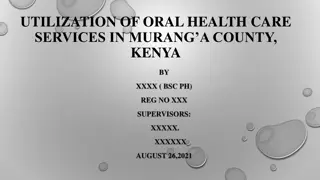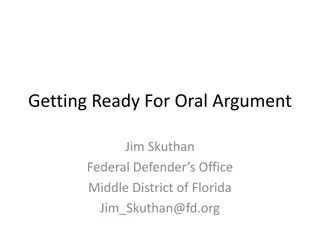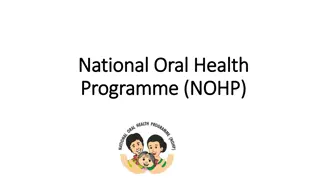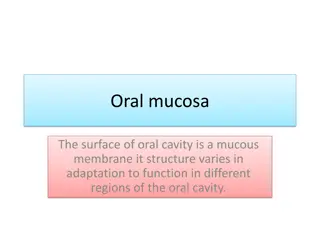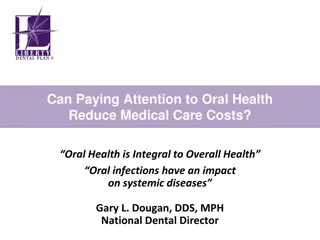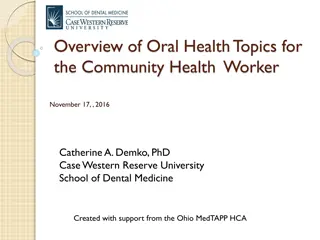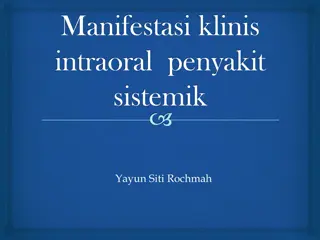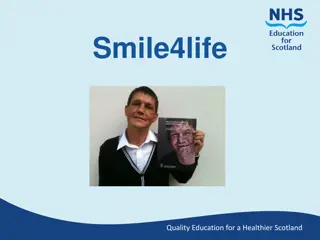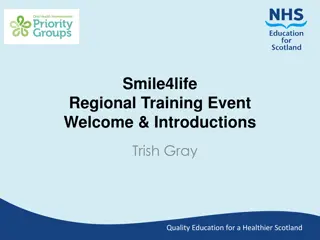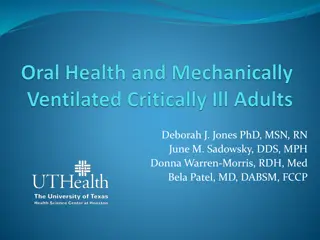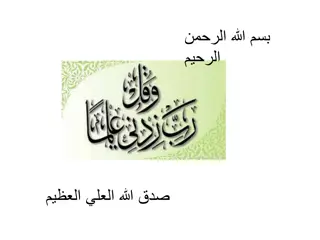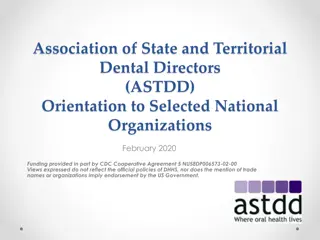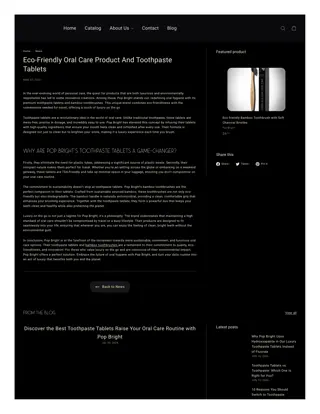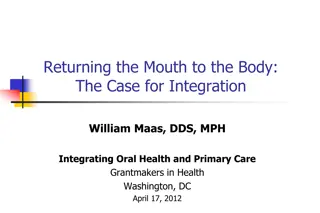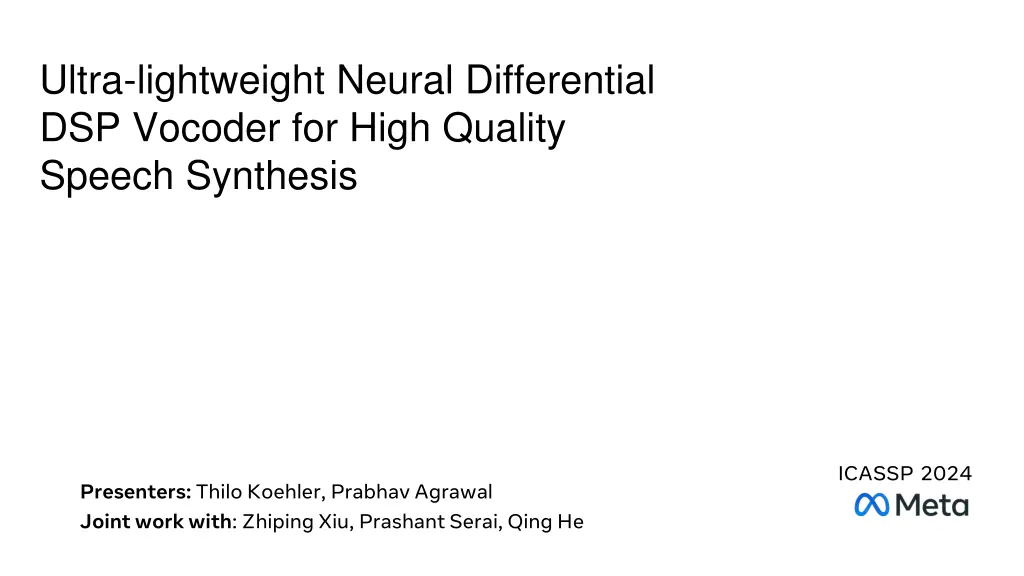
Neural DSP Vocoder for Speech Synthesis
Explore an ultra-lightweight neural differential DSP vocoder for high-quality speech synthesis presented at ICASSP 2024. Learn how this innovative vocoder aims to improve waveform perception by making magnitude spectrogram and periodicity end-to-end learnable through a differentiable approach.
Download Presentation

Please find below an Image/Link to download the presentation.
The content on the website is provided AS IS for your information and personal use only. It may not be sold, licensed, or shared on other websites without obtaining consent from the author. If you encounter any issues during the download, it is possible that the publisher has removed the file from their server.
You are allowed to download the files provided on this website for personal or commercial use, subject to the condition that they are used lawfully. All files are the property of their respective owners.
The content on the website is provided AS IS for your information and personal use only. It may not be sold, licensed, or shared on other websites without obtaining consent from the author.
E N D
Presentation Transcript
Ultra-lightweight Neural Differential DSP Vocoder for High Quality Speech Synthesis ICASSP 2024 Presenters: Thilo Koehler, Prabhav Agrawal Joint work with: Zhiping Xiu, Prashant Serai, Qing He
Outline Motivation On-device TTS System Overview DSP Vocoder DDSP Vocoder Training and Architecture Results Conclusion
Motivation Waveform learning is expensive, but waveform perception Important for perception: magnitude spectrogram and phase change, modelled by traditional DSP vocoder using source filter model Traditional DSP vocoder suffers from vocoded sound (muffled, muddy, buzzy) Idea: Make magnitude spectrogram and periodicity end-to-end learnable using differentiable vocoder (loss addresses vocoder imperfections)
Differential DSP Vocoder for On-device TTS Frontend: SSML, Text Normalization, Grammatical/Semantic Analysis, Phonetic Annotation Acoustic Backend: Render linguistic information into an audio waveform Prosody model: Models phone level log F0 and log Dur from linguistic features Acoustic model: Models frame level acoustic features: logF0, spectral envelope & periodicity Vocoder (focus of this talk): Provides audio waveform from the acoustic features
Comparison: LMEL80 vs DDSP Model Outputs plosive burst formants
Training Losses Reference MSE Loss (for F0 and periodicity) Hard to learn F0 directly with E2E spectrogram losses. Impulse train for vocoder generated using ref F0 for training to ensure spectral alignment wrt pitch Periodicity learning works e2e, but becomes better with a reference L2 loss
Training Losses Multi-window STFT loss with 3 window sizes of 512, 1024, 2048 with GT audio Window size selected equal or greater than vocoder FFT window of 512 Best setup worked with L1 loss on log magnitude spectrograms
Training Losses Adversarial loss on magnitude spectrograms (since vocoder does not learn phase) K= 8 discriminators seeing a 48-point frequency band of 257-dim spectrogram, with overlap 8 (terminal ones 40-point band)
Experimentation Setup Single-speaker models using two corpora: 1) Female speaker with 37 h audio 2) Male speaker with 12 h audio, resampled to 24Khz with 42 unseen utterances for MOS evaluations DDSP System Compared Against Neural Vocoders (MB-MelGAN, HiFi-GAN, WaveRNN) Consume 1-dim F0, 13-dim MFCC, 5-dim Periodicity as Input features DSP Vocoders (DSP, DSP Adv) Consume 1-dim F0, 80-dim Pitch Synchronous log mels, 12-dim Periodicity as Input features, apply L2 loss on acoustic model outputs DSP Adv applies adversarial loss to 80-dim log mel predictions in addition to L2 loss Used reference prosody (duration, f0) with no audio post-processing, acoustic model architecture kept the same with only last FC layer dimension modified
Results: Quality Subjective MOS evaluation scores on a 5-point scale
Results: Quality TTS System gt.wav Ground Truth Recording wavernn.wav WaveRNN hifigan.wav HifiGAN mbmelgan.wav MB-MelGAN dsp.wav DSP dspgan.wav DSP Adv ddspgan.wav DDSP (This Paper)
Results: Performance GigaFlops = number of floating point operations per sec RTF = Time taken to generate the audio / Duration of the audio
Conclusion and Future Work Proposed DDSP vocoder; a novel way of training of jointly optimizing an acoustic model and a DSP vocoder without using an engineered spectral feature, which leads to an audio quality close to high quality neural vocoders with much lower computation. Extend the system with an e2e estimation of f0 and periodicity to avoid their explicit feature extraction


